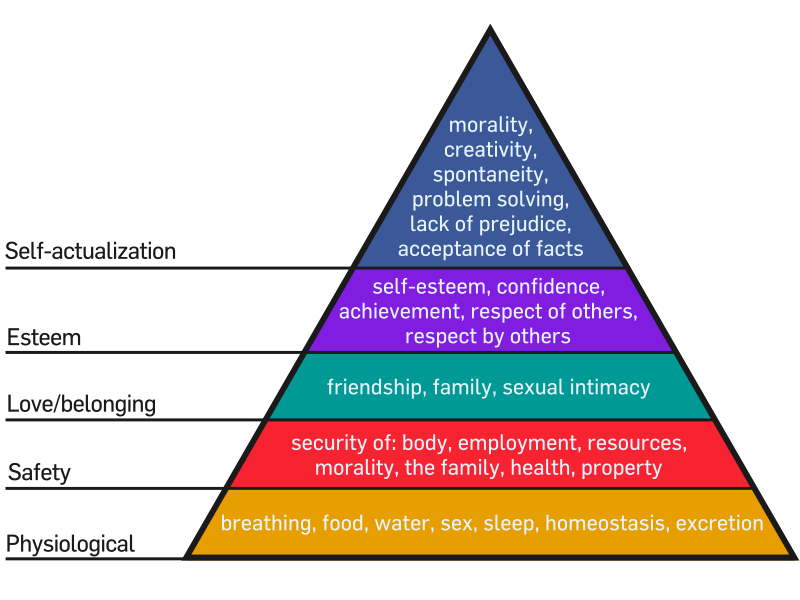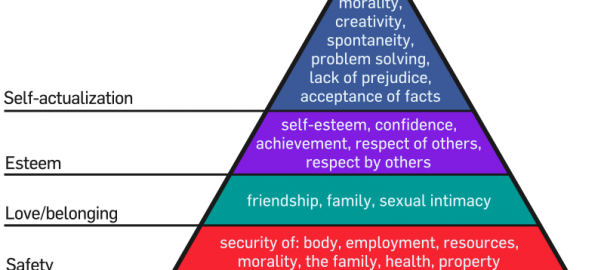This is is the first draft of a section for my Ed.D. thesis. The bibliography relating to the referenced literature can be found at http://dougbelshaw.com/thesis (I’ve blogged more about my thesis at http://dougbelshaw.com/blog)
Education in Singapore is often cited as ‘world-class’, largely due to their students’ consistent high performance in the Organization for Economic Cooperation and Development’s (OECD) Programme for International Student Assessment (PISA). These tests have been carried out every three years since the year 2000 and are administered to several thousand students per country near the end of compulsory education. PISA assesses reading, as well as mathematical and scientific ‘literacy’ and problem-solving. The OECD claims that the skills tested in PISA are those required in adult life.
Dissenting voices point out that those countries at the top of the PISA league table are only fractionally ‘ahead’ of other countries, but also tend to be largely homogenous countries. Hong Kong, having a different political system that China, is effectively a country in its own right and, along with Finland and Singapore, is relatively small geographically.
Other important considerations about Singapore by way of context are that it became an independent country as late as the 1960s, English is used as the primary language of instruction in schools, and corruption is low (Transparency International, 2009) whilst censorship is relatively high (Press Freedom Index, 2010). A picture of a conformist culture placing a large emphasis on high-stakes testing emerges, as is evidenced by one Singaporean in her twenties reflecting on her experiences:
Success in Singapore revolves around exams, good grades, and certificates. In other words, getting the right paper qualification… Singaporeans are obsessed with exams because they want good grades. They want good grades because those are essential if you want to go to a famous university. (Tan, 1998)
In this standards-based, heavily-pressured educational culture – a society where, anecdotally, painkillers are stocked alongside exam-preparation books (Bracey, 2008) – it is unsurprising to find the dominant ‘new literacy’ to be Media Literacy. In addition, much of the available research literature into new literacies comes from, or through the lens of, Singapore’s National Institute of Education. One such example comes in Tan, Bopry & Guo (2010) who ostensibly focus on ‘new literacies’ but focus almost entirely on the decoding of visual media.
Another driving force in a country as economically-competitive as Singapore is productivity. The launch of the International Computer Driving License (ICDL) in Singapore in 2010 mentioned explicitly the aim to encourage foreign investment and “a growth in the national economy through higher productivity and a higher standard of living across Singapore” (ECDL, 2010). Such economic goals are evident in the top-down ‘Masterplans for ICT in Education’, the third of which runs 2009-2014. One of the four stated ‘broad aims’ of this Third Masterplan includes the desire to ‘develop competencies for the 21st century’ (Singapore Ministry of Education, 2008a). These, however, are closely tied to mention of the ability of Singapore to ‘position [themselves] better as a global trading hub,’ to ‘train [their] soldiers in combat,’ and investment in high-speed communications to create ‘new opportunities for [their] economy, government and society’ (Singapore Ministry of Education, 2008b).
An interesting tension is evident in Singaporean educational policy between the desire to conform with the more liberal west and the drive for efficiency and productivity. On the one hand, therefore, the need to use ICT ‘critically’ and develop skills of analysis are mentioned, swiftly followed by mention that school ‘autonomy can lead to less efficiency’ (Singapore Ministry of Education, 2008b). The procedural elements of new literacies are to the fore with mention of the use of ICT to help develop ‘competencies to be able to discriminate information require technology literacy, higher-order thinking skills and even life and collaboration skills’ (Singapore Ministry of Education, 2008b). These are to be developed in staff as well as students, but to save ‘re-inventing the wheel’ grassroots approaches are discouraged in favour of ‘educational labs, where innovations can be prototyped and tested’ (Singapore Ministry of Education, 2008b). The aim of this is to ‘equip the next generation with skills and competencies to succeed’ in the never-actually-defined ‘knowledge economy’ (Singapore Ministry of Education, 2008b).
Media Literacy is the dominant ‘new literacy’ in Singapore and this is evident through ongoing research. It is an umbrella term through which other literacies (such as ‘technology literacy’ and ‘information literacy’) are understood. Digital literacy, meanwhile is understood as ‘Digital Curricular Literacies’ (DCL), used as shorthand for the contextualisation of ICT in school-based learning. In practice (NIE, 2003-6) this tends to be on the level of what Puentadura’s (2010) SAMR model identifies as ‘Substitution’ or ‘Augmentation’ rather than the higher-order ‘Modification’ or ‘Revolutionary’ use of educational technology. Indeed, even current research (NIE, 2009-12) aims to ‘contribute to the new media literacy research by developing and validating a survey instrument to measure students’ new media literacy’. This focus on quantitative measures is indicative of Singapore’s approach to technology as well as associated competencies and literacies.
Given the focus on Media Literacy and the tight integration of government departments and policies, it is appropriate to look at the Singapore Media Development Authority’s definition of the term:
Media literacy refers to the ability to critically assess information that is received daily via different media platforms. When a person is media literate, he would be able to read, analyse and interpret messages, regardless of whether he is using media to gain information, for entertainment or for educational purposes. (Singapore MDA)
This is equated with a ‘media-savvy population’ that has the ACE attribution of Awareness, Competency and Engagement. This approach to new literacies is rather passive and based upon a consumption model of literacy. Other definitions of digital literacies mention explicitly the importance of being able to create media rather than simply access and critically reflect upon it. Although lip service is paid to new literacies by the Singapore Ministry of Education the focus is, in effect, on accessing and critically reflecting upon information.
ECDL (2010) ‘National e-Productivity Campaign Launch: Driving Singapore’s Productivity Growth’ (accessed 17 April 2011)
National Institute of Education, Singapore [NIE] (2003-6) ‘Digital Curricular Literacies and Project Work’ (accessed 17 April 2011)
National Institute of Education, Singapore [NIE] (2009-12) ‘Establishing a Blueprint for Singapore Youth’s Participation in New Media Ecologies’ (accessed 17 April 2011)
Press Freedom Index (2010) (accessed 17 April 2011)
Singapore Media Development Authority [MDA] ‘Media Literacy’ (accessed 17 April 2011)
Singapore Ministry of Education (2008a) ‘MOE Launches Third Masterplan for ICT in Education’ (accessed 17 April 2011)
Singapore Ministry of Education (2008b) ‘Opening Address by Dr Ng Eng Hen, Minister for Education and Second Minister for Defence, at the International Conference on Teaching and Learning with Technology (iCTLT) at the Suntec Convention Hall, on Tuesday, 5 August 2008’ (accessed 17 April 2011)
Tan, H.H. (1998) ‘Singapore Slog’ (accessed 17 April 2011)
Tan, L., Bopry, J. & Guo, L. (2010) ‘Portraits of New Literacies in Two Singapore Classrooms’ (RELC Journal, 41, pp.5-17)
Transparency International (2009) (accessed 17 April 2011)


